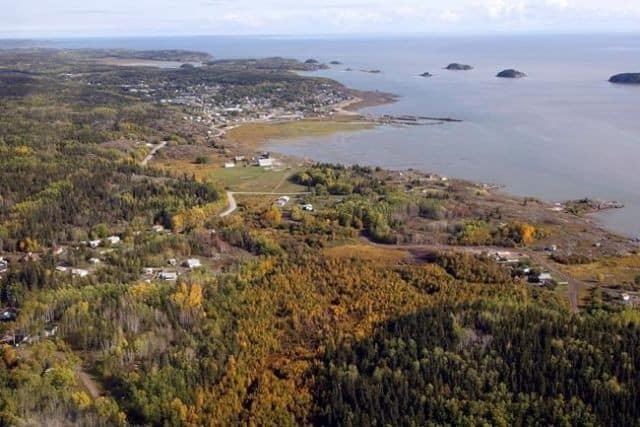
The draft for a federal plan to restore Canada’s largest national park suggests Ottawa is unlikely to ease international concerns about threats posed to its status as a World Heritage site, say environmental groups and First Nations.
“If this is all we’ve got to save the park, we don’t have a very good outlook,” said Kecia Kerr of the Canadian Parks and Wilderness Society, one of the groups worried about the impact of development and climate change on Wood Buffalo National Park.
The federal government has until Friday to respond to concerns raised by UNESCO about the park, which straddles the Alberta-Northwest Territories boundary.
The area’s Mikisew Cree First Nation warned UNESCO in 2014 that the sprawling park — one of the world’s largest inland deltas — was in trouble. UNESCO investigators agreed and that triggered a federal study.
At 561-page report released last summer concluded that 15 out of 17 measures of ecological health were declining. The effects — everything from low water flows to curtailed Indigenous use — stem largely from changes to area rivers caused by climate change, dams in British Columbia and industry in Alberta.
UNESCO gave Canada until Feb. 1 to say how it would fix the problems. The draft of that plan isn’t encouraging, said Mikisew’s Melody Lepine.
“There’s a lot of things they say they’re going to do. However, there’s no hard timelines or finances. Without resources and some key timelines, it’s just words on paper.”
Spokespeople from Environment Canada say the draft document has changed significantly since it was released in November.
Audrey Champagne, a spokesperson for Parks Canada, responded to criticism that the document was vague by noting the government has committed more than $27.5 million over five years to support the action plan to preserve the World Heritage site.
“This demonstrates Canada’s commitment to securing the future of Wood Buffalo National Park World Heritage Site, so that it remains a treasured place with Outstanding Universal Value for generations to come,” Champagne wrote in a statement, adding more details will be available when the action plan is formally announced.
Wood Buffalo covers almost 45,000 square kilometres of grasslands, wetlands and waterways. Millions of migratory birds from four continental flyways converge there to breed.
It is the world’s only breeding ground for endangered whooping cranes and home to the largest herd of free-ranging wood buffalo left anywhere. First Nations have depended on the area for generations for cultural and physical sustenance.
Kerr said the draft is so lacking that she doubts any revisions would go far enough.
“It leaves out quite a few of the recommendations from the (UNESCO) mission,” she said. That includes a recommendation to assess the environmental and social impacts of B.C. Hydro’s Site C dam.
Much of what the draft highlights are measures that already exist.
It suggests threats posed by vast oilsands tailings ponds upstream of the park are adequately managed by company remediation plans filed with Alberta’s energy regulator. However, the regulator itself has expressed concern about those plans.
As well, the draft promises improved Indigenous consultation through an existing management committee, a group Lepine describes as dysfunctional.
“We’re not convinced that’s going to be a meaningful change,” she said. “They’re basically relying on the status quo.”


